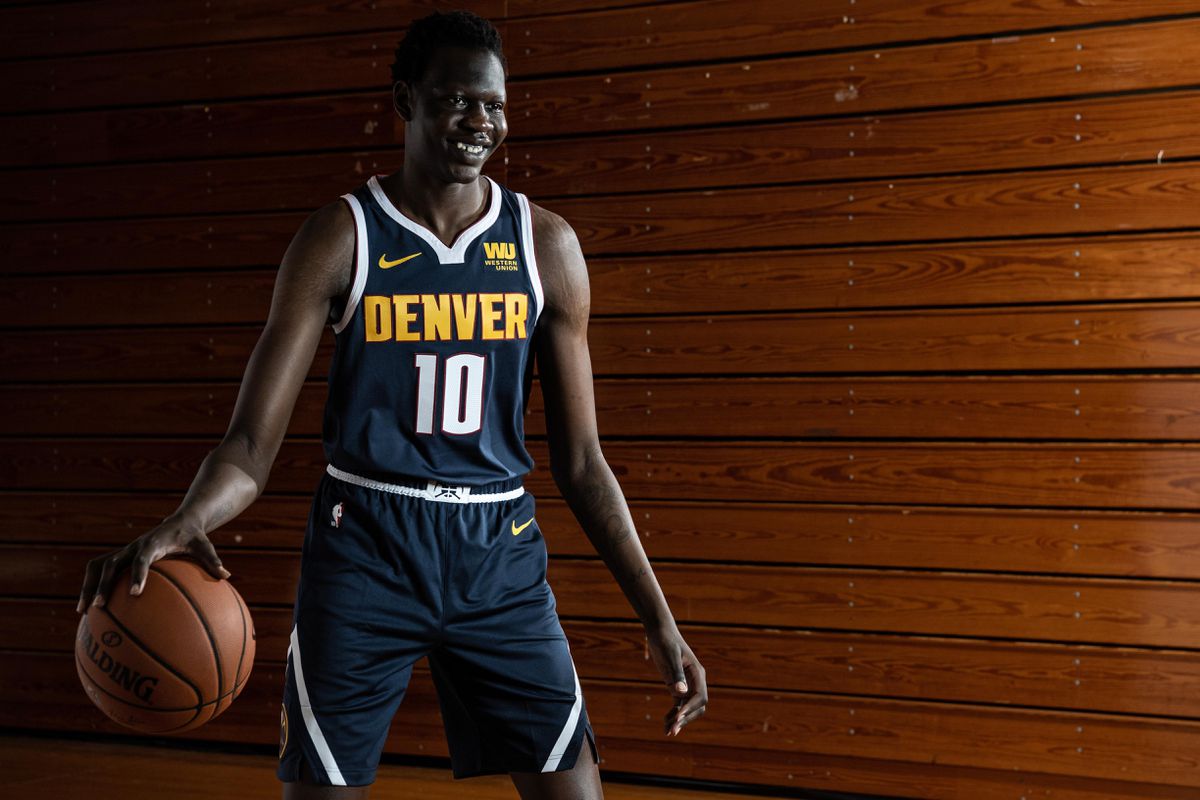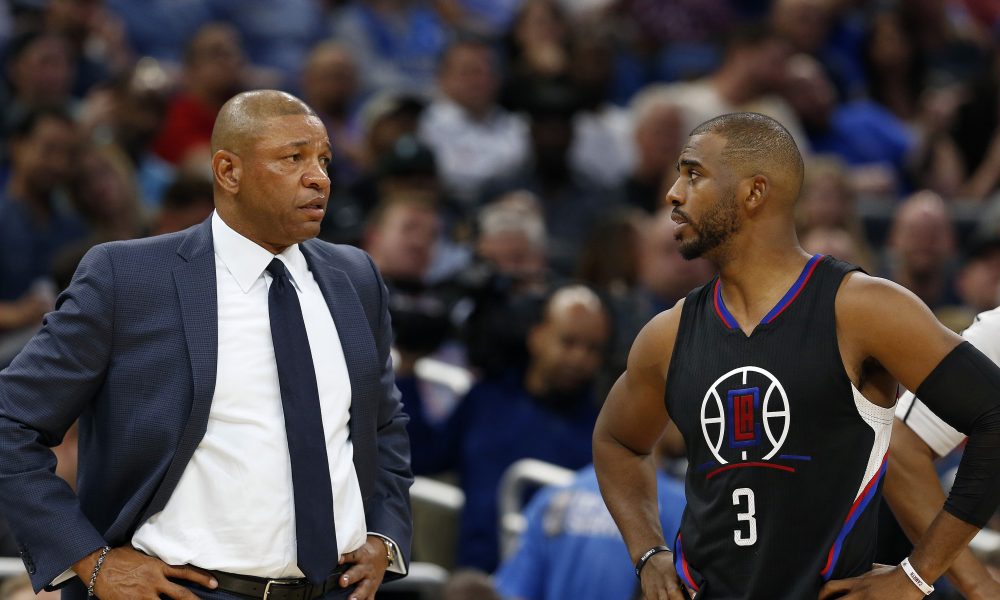
Remember when they used to play defense in the NBA? I know, it’s hard to imagine. In the modern-day NBA, teams consistently score 120 points in a game. But it didn’t always used to be this way. Teams and coaches alike used to actually place an emphasis on the defensive side of the ball.
Here is where my rant starts. Why don’t players get fouled hard anymore? It is absolutely ridiculous that players like James Harden can drive the lane with little to no contact. Even when players do get fouled, they often only receive a small slap on the arm. This is an absolute joke and the “Bad Boys” Detroit Pistons teams should be embarrassed by the disrespect to their brand of basketball.
Back in the day, players had to earn every single basket if they dared to drive the lane. Circling back to the Bad Boys, they used to have a defensive strategy called the “Jordan Rules.” The Jordan Rules essentially meant that Michael Jordan would receive a hard foul every single time he drove the lane. If he didn’t hit the floor the Pistons defense would consider that a failure.
They didn’t care that MJ would most likely make two foul shots; it was all about making a statement. And what a beautifully simple statement it was: If you want to score in here, you’re going to feel it tomorrow.
This strategy is effective because it will eventually make players hesitate for that one split-second before driving the lane. At the professional level, that second is the difference between an easy bucket and a bad shot.
I’d say the strategy turned out alright for the Bad Boys considering the fact they won two NBA Championships.
Furthermore, what ever happened to allowing defenders to hand-check an offensive player? If you don’t know what a hand-check, it essentially means allowing a defender to place an open hand somewhere on the offensive players body. Now I’ll be the first to admit that this tactic is a little ticky-tacky. Nevertheless, given all the advantages that offensive players receive I feel like this could level the playing field.
Under current NBA unwritten rules an offensive player can drop their shoulder into a defender, take four steps to the rim, push off, pump fake and jump into a defender trying to avoid contact, and basically whatever else is questionably legal in an attempt to create an easier shot for themselves.
Oh ya, and they can do that super annoying rip-through move where they throw their arms under the defender’s arms and get to the free-throw line every time. What even is that crap? That’s not basketball—that looks like salsa dancing gone wrong. Like, c’mon, man; anyone can do that—it literally takes no skill. As you all can tell, I absolutely love this move.
With all of these advantages that the offensive players receive, I think it’s about time that the NBA re-implements the hand check.
Gary Payton was one of the best defenders in the history of the NBA and he used the hand check on a consistent basis. There is literally footage of him on YouTube where he uses this move in the NBA Finals against the Chicago Bulls.
Payton even posted on social media regarding the softness of the modern-day NBA.
“I could never play in the soft era. All of my contract money would go towards fines.”
But what has created this soft era of NBA basketball? I don’t think that anyone knows for sure, but I do have an inkling about what could be causing this problem: the AAU system. Look, I believe that AAU is a great opportunity for players to get their names out there and increase their likelihood of getting a college scholarship.
Nevertheless, AAU in general takes a fast-break, offense-oriented approach to basketball. The whole dynamic of AAU is to develop players skills such as dribbling, shooting, and passing; it is not created to promote hard-nosed team defense. While that may be good at getting players college scholarships, it hinders success in the long run and limits players’ chances of making or being successful at the professional levels.
It literally says in “The Real AAU Basketball” magazine that the whole focus of “AAU basketball is developing skills and not promoting team defense.”
The last point I want to make, and I personally believe it is the most important part of this article, is that there is a difference between fouling hard and playing dirty. I do not condone dirty basketball. There is a fine line between these two concepts but that line must not be crossed. Some examples of dirty basketball include under cutting a player in the air, tripping a player, pushing a player in the back while in the air, and elbowing or punching an opponent.
Some examples of physical basketball include knocking a player down with your body, slapping them extremely hard across the arms, hand-checking, and holding onto an opposing players jersey.
Each individual has their own perceptions of what’s dirty and what’s not, but as long as you’re not trying to intentionally injure a player, that is usually a good place to start.
With all that being said, the modern-day NBA is soft. In fact, it’s not just soft, it’s Charmin soft. The NBA needs more throwback players like Bruce Bowen, Bill Laimbeer, and Payton. These guys made basketball feel like a real physical competition, and not just a glorified pick-up game.




